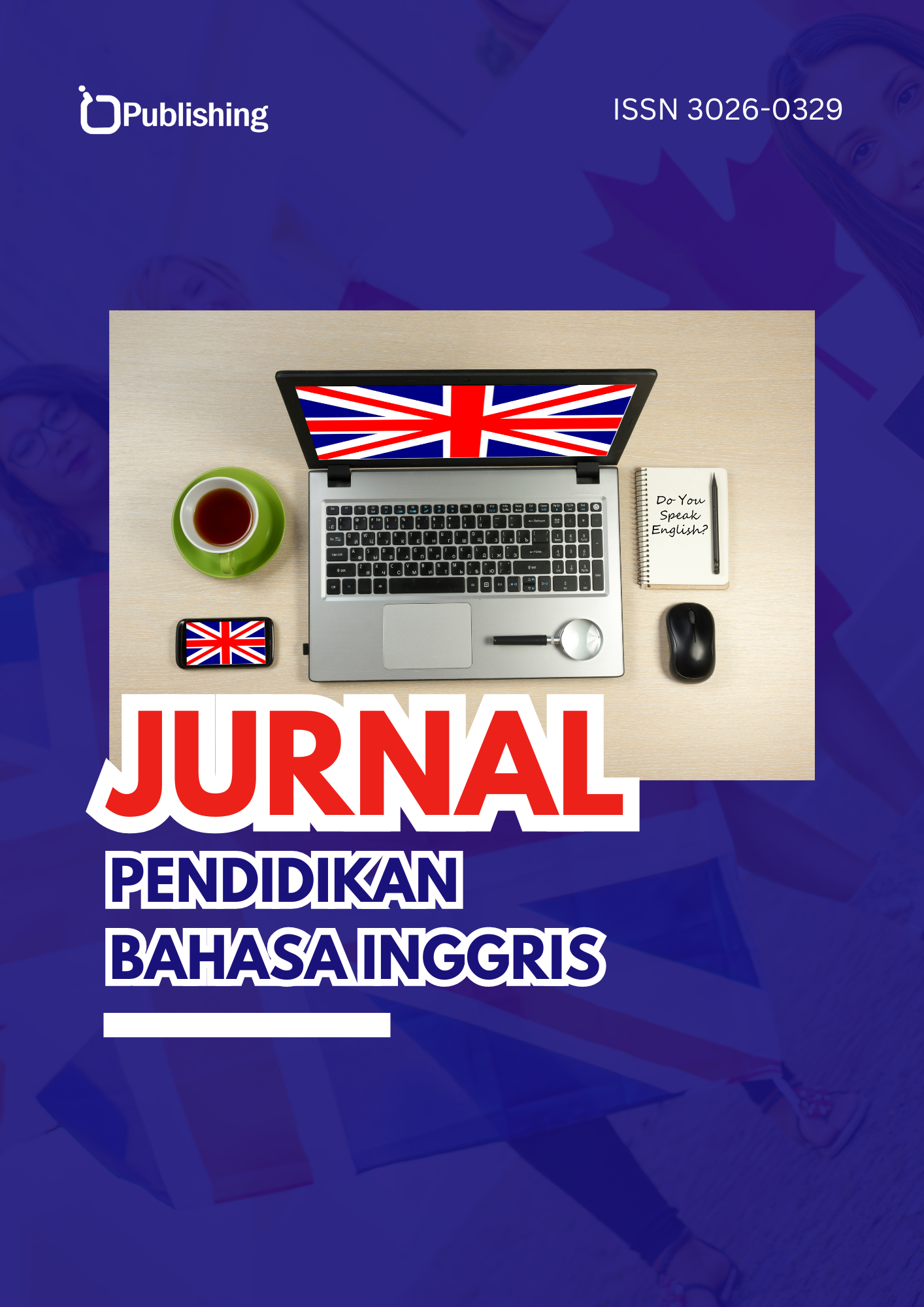The Use of YouTube Video as Learning Media to Improve Students' Speaking Ability
DOI:
https://doi.org/10.47134/jpbi.v2i3.1702Keywords:
Speaking Ability, YouTube Video, Learning Media, ImprovementAbstract
This study is to investigate whether the use of YouTube Video as Leaning Media can improve students' speaking ability. The study was conducted at SMP Muhammadiyah 57 Medan with the number of samples of 12 students from class 8-C. The method used was a quantitative design with the integration of pre-test, treatment and post-test. The instruments of data collection consisted of speaking test and rubrics, video recorder and projector in gaining data of students; speaking performance. Then the data analysed by 5 phases of: Scoring the speaking test, Calculating the average score, Measuring the improvement, comparing the result, interpreting the result. The results of this study showed that the use of YouTube Video as learning media can improve students speaking ability. Students’ speaking scores were increased after given by a treatment via a YouTube video entitled "How to Introduce Yourself in English". Speaking competence was gained against five dimensions: confidence, fluency, grammar, vocabulary, and pronunciation. The pre- and post-test results indicated an increase in the average score from 77.3 (pre-test) to 86.5 (post-test) with the largest rise observed in the confidence dimension. This indicates that the use of YouTube videos as learning media for can effectively improve students' speaking skills.
References
Alessi, S. M., & Trollip, S. R. (2001). Multimedia for learning: Methods and development (3rd ed.). Allyn & Bacon.
Almurashi, W. A. (2016). The effective use of YouTube videos for teaching English language in classrooms as supplementary material. International Journal of English Language and Linguistics Research, 4(3), 32–47.
Berk, R. A. (2009). Multimedia teaching with video clips: TV, movies, YouTube, and mtvU in the college classroom. International Journal of Technology in Teaching and Learning, 5(1), 1–21.
Brown, H. D. (2001). Teaching by principles: An interactive approach to language pedagogy (2nd ed.). Longman.
Burns, A., & Seidlhofer, B. (2002). Speaking and pronunciation. In N. Schmitt (Ed.), An introduction to applied linguistics (pp. 211–233). Arnold.
Bygate, M. (1987). Speaking. Oxford University Press.
Derakhshan, A., Khalili, A. N., & Beheshti, F. (2016). Developing EFL learners' speaking ability, accuracy, and fluency. Theory and Practice in Language Studies, 6(2), 376–386.
Duffy, P. (2008). Engaging the YouTube Google-eyed generation: Strategies for using Web 2.0 in teaching and learning. The Electronic Journal of e-Learning, 6(2), 119–130.
Fulcher, G. (2003). Testing second language speaking. Pearson Education.
Goh, C. C. M., & Burns, A. (2012). Teaching speaking: A holistic approach. Cambridge University Press.
Gunada, I. K. (2018). The use of YouTube video to improve students’ speaking skill. Jurnal Pendidikan Bahasa Inggris Undiksha, 6(2), 1–10.
Hafner, C. A., & Miller, L. (2011). Fostering learner autonomy in English for science: A collaborative digital video project in a technological learning environment. Language Learning & Technology, 15(3), 68–86.
Harmer, J. (2001). The practice of English language teaching (3rd ed.). Longman.
Harris, D. P. (1974). Testing English as a second language. McGraw-Hill.
Hia, R. S. (2022). The effectiveness of YouTube as a media to improve students’ motivation in learning vocabulary. Jurnal Pendidikan Bahasa Inggris, 10(1), 45–53.
Kelsen, B. (2009). Teaching EFL to the iGeneration: A survey of using YouTube as supplementary material with college EFL students in Taiwan. CALL-EJ Online, 10(2), 1–18.
Kay, R. H. (2012). Exploring the use of video podcasts in education: A comprehensive review of the literature. Computers in Human Behavior, 28(3), 820–831.
Luoma, S. (2004). Assessing speaking. Cambridge University Press.
Mayer, R. E. (2001). Multimedia learning. Cambridge University Press.
Musfiqon. (2012). Pengembangan media dan sumber pembelajaran. Prestasi Pustaka.
Richards, J. C. (2008). Teaching listening and speaking: From theory to practice. Cambridge University Press.
Rohmah, N., & Khofshoh, H. (2021). The effectiveness of video as a media in teaching speaking skill. JETL (Journal of English Teaching and Learning), 5(1), 21–30.
Shrosbee, M. (2008). Digital video in the language classroom. In G. Dudeney & N. Hockly (Eds.), How to teach English with technology (pp. 138–145). Pearson Longman.
Thornbury, S. (2005). How to teach speaking. Pearson Longman.
Yousef, A. M. F., Chatti, M. A., & Schroeder, U. (2014). The state of video-based learning: A review and future perspectives. International Journal on Advances in Life Sciences, 6(3–4), 122–135.
Zhang, Y. (2009). Reading to speak: Integrating oral communication skills. English Teaching Forum, 47(1), 32–34.
Downloads
Published
How to Cite
Issue
Section
License
Copyright (c) 2025 Ayrin Hairani, Neni Afrida Sari Harahap

This work is licensed under a Creative Commons Attribution 4.0 International License.










